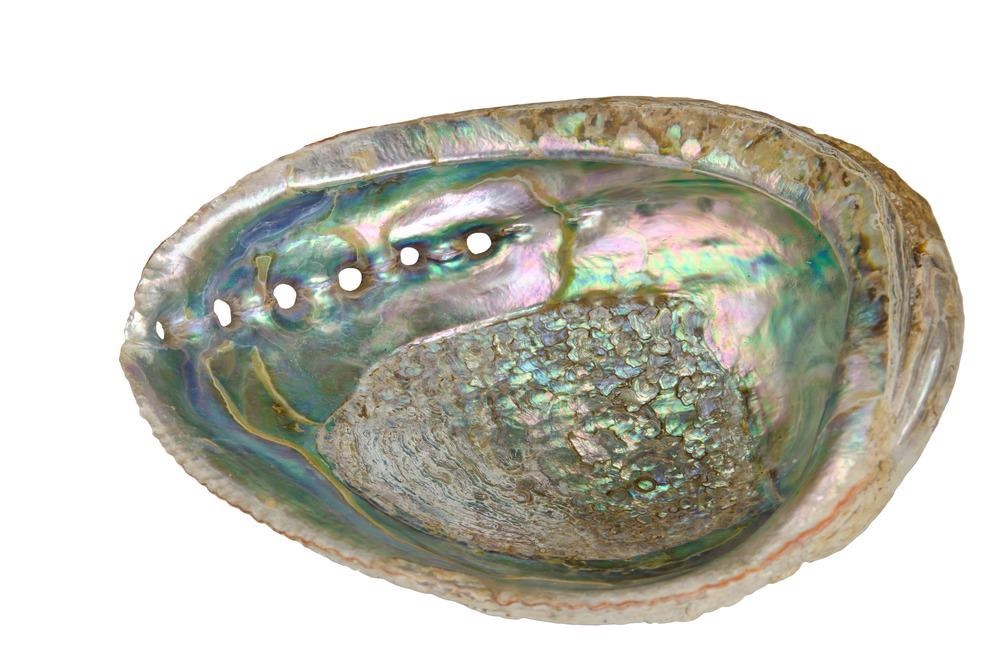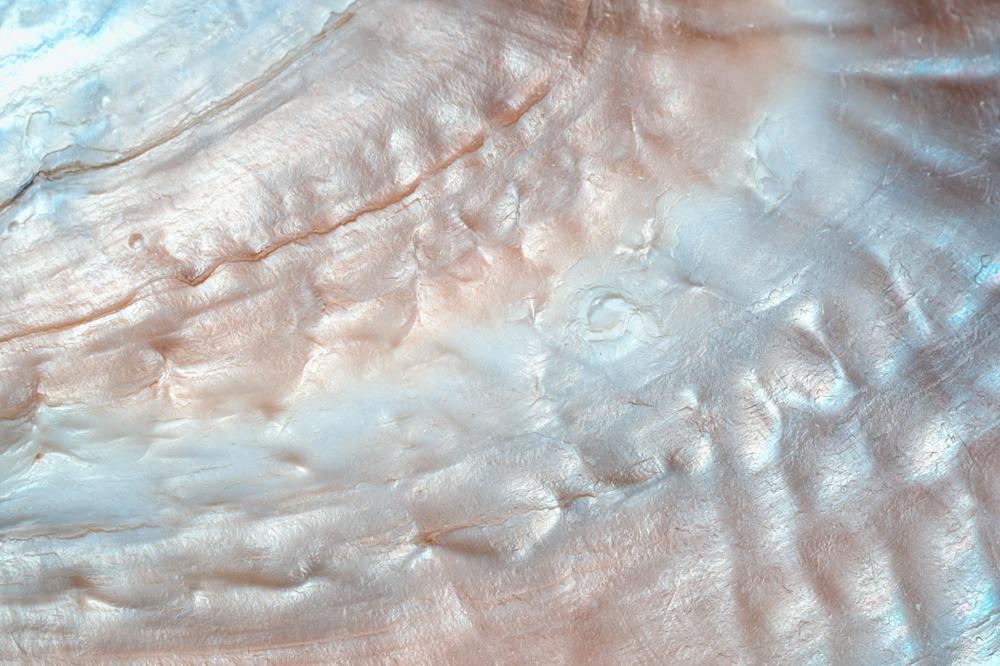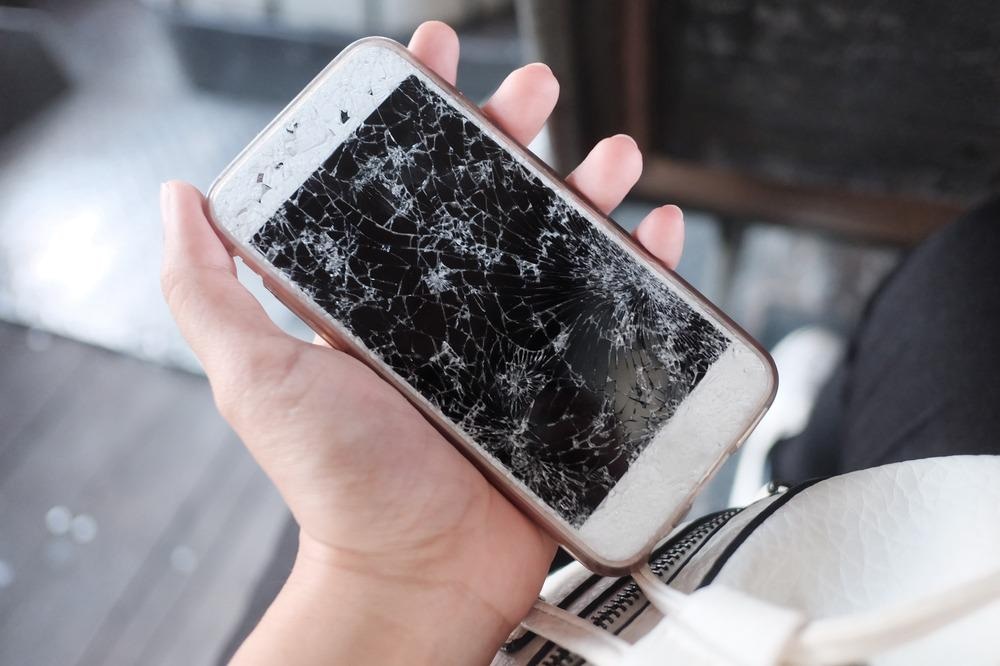The earth contains a plethora of strong materials, and most of these are yet to be discovered by humans. Mother of pearl, which is also known as nacre, is a material of astonishing strength with characteristic pearl-like iridescence. This material is inspiring new material developments across industries.

Image Credit: Lost Mountain Studio/Shutterstock.com
Put simply, mother of pearl is the inner shimmering layer of seashells. Nacre is found inside the inner layers of shells of mollusks and mussels.
Nacre is the substance that coats a pearl. It is found in many members of mollusks that include cephalopods, gastropods, and bivalves.
Nacres can reach tens of centimeters in length depending on the species.
Their formation is initiated in an uncoordinated manner, with the cells depositing the material simultaneously at different locations.
Pearl is produced when the mother of pearl surrounds and hardens around an object.
This process takes many years and scientists have pointed out that the longer it is allowed to take, the larger the pearl becomes. This is because more layers of mother of pearl are added with passing time.
Characteristic Features of Nacre
Allen Ehrlicher, an Associate Professor in the Department of Bioengineering at McGill University, described mother of pearl as a substance with the rigidity of a stiff material and the durability of a soft material.
Nacre is crystallized calcium carbonate (aragonite) that “puffs” around a foreign substance in the shell of an oyster (bivalve mollusk) to protect its body.
It is an extremely tough structure owing to its composition and unique molecular arrangement.

Image Credit: Elena 11/Shutterstock.com
It consists of hexagonal or square plates of aragonite of around 0.3 μm thickness arranged in sheets, similar to a brick wall, with a tenuous protein matrix.
Therefore, the aragonite tablets are cemented together by a thin layer made up of an organic mixture.
These shells can withstand strong impacts without breaking. Interestingly, clamshells that contain around 95 percent chalk in their pure form are very brittle.
How has Nacre Inspired the Development of Other Materials?
The toughness of a material is defined on the basis of its ability to resist fracture.
The toughness of nacre is due to its complex, hierarchical structure, where cracks must follow a tortuous path to propagate. This structure has inspired many researchers.
Read more about how nature is inspiring material development
Scientists from the University of Michigan and Australia’s Macquarie University crushed a minuscule Mediterranean clam species, known as fan mussel, and studied it under an electron microscope.
They found that under compression nacre’s binding organic layer disperses to areas of lower pressure.
Interestingly, they observed that the separated aragonite brick-like structures rigidify, resisting crack formation and providing the material its tensile strength. Once it is decompressed, the structure restores its mechanical strength as the organic material fills back in.
This phenomenon, i.e., nature’s own nanoengineering, has inspired researchers immensely. Recently, they have been focused on developing materials that are lighter and stronger by biomimicking the mollusk’s methods.
Development of Unbreakable Glass Inspired by Mother of Pearl
Researchers at McGill University in Montreal, Canada, have developed a new type of glass inspired by the mother of pearl.
They have claimed this glass to be five times more break-proof and three times stronger than normal glass. Owing to the material’s elasticity, it does not succumb to impacts easily.
This new glass material has been developed by using glass and acrylic which, when combined, impart several important properties such as strength, toughness, and transparency.
To make the composite optically transparent, researchers modified the refractive index of the acrylic material.

Image Credit: Miew s/Shutterstock.com
The refraction index determines how the speed of light changes as it travels between different media.
Further, to obtain hexagonal patterns on sheets of borosilicate glass, i.e., to mimic the design of mother of pearl, scientists used a pulsed ultraviolet laser beam to the glass.
This glass could be manufactured in large quantities and inexpensively.
Researchers believe that the newly developed break-proof glass could be beneficial to smartphones as it will protect them from being shattered upon being dropped.
Development of New Material for Body Armor Inspired by Nacre
Researchers at the University at Buffalo developed body armor seeking inspiration from mother of pearl.
They mimicked the outer coating of pearls and created a lightweight plastic that is fourteen times stronger than steel. Additionally, and most importantly, this material can absorb the impacts of bullets and other projectiles.
Scientists characterized the newly developed material as stiff, strong, and tough.
Therefore, this material could be effectively applied to develop helmets, vests, and protective armor for ships, helicopters, and other vehicles.
This material comprises a modified version of polyethylene called ultrahigh molecular weight polyethylene (UHMWPE) and is commonly used to make products such as artificial hips and guitar picks.
The newly developed UHMWPE-based material has many structural similarities to nacre.
For instance, this material has an extremely tough outer shell and a more flexible inner layer.
Owing to this property it is capable of deforming and absorbing projectiles.
Additionally, it also possesses a high thermal conductivity; therefore, it can rapidly dissipate heat. This feature also helps to absorb the energy of bullets and other projectiles.
Interestingly, researchers observed that the addition of silica nanoparticles to the UHMWPE-based material increases the material’s properties and potentially produces stronger armor.
Researchers suggested that this material may lead to the development of a new generation of lightweight armor that would provide protection and mobility to soldiers.
Conclusion
Mother of Pearl, or nacre, is an example of how science can draw from nature in order to inspire material development across different industrial sectors. The new glass drawing from nacre's structure has the capacity to extend the lifetime of our everyday devices.
References and Further Reading
Beliaev, M. et al. (2021) Dynamics of topological defects and structural synchronization in a forming periodic tissue. Nature Physics. 17, pp. 410–415. DOI: 10.1038/s41567-020-01069-z
NewsBeezer. (2021). Scientists develop unbreakable glass inspired by seashells. [Online] Available at: https://newsbeezer.com/scientists-develop-unbreakable-glass-inspired-by-seashells/
Nealon, C. (2019) Bulletproof is beautiful: Pearls inspire new material for body armor. Association of American University. [Online] Available at: https://www.aau.edu/research-scholarship/featured-research-topics/bulletproof-beautiful-pearls-inspire-new-material
Currey, D.J. (1977) Mechanical properties of mother of pearl in tension. https://doi.org/10.1098/rspb.1977.0050
Disclaimer: The views expressed here are those of the author expressed in their private capacity and do not necessarily represent the views of AZoM.com Limited T/A AZoNetwork the owner and operator of this website. This disclaimer forms part of the Terms and conditions of use of this website.